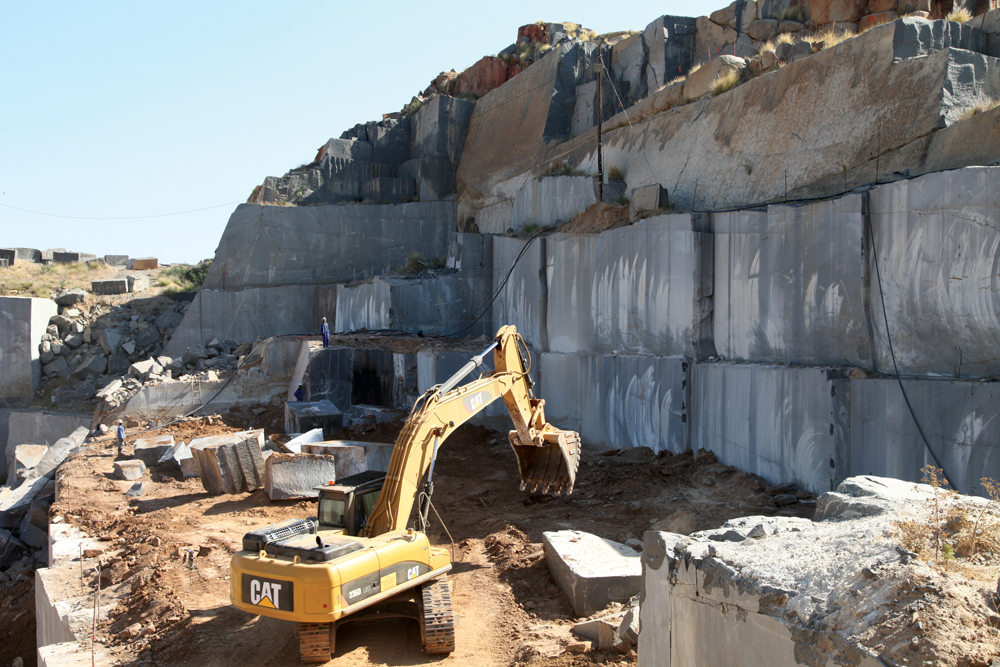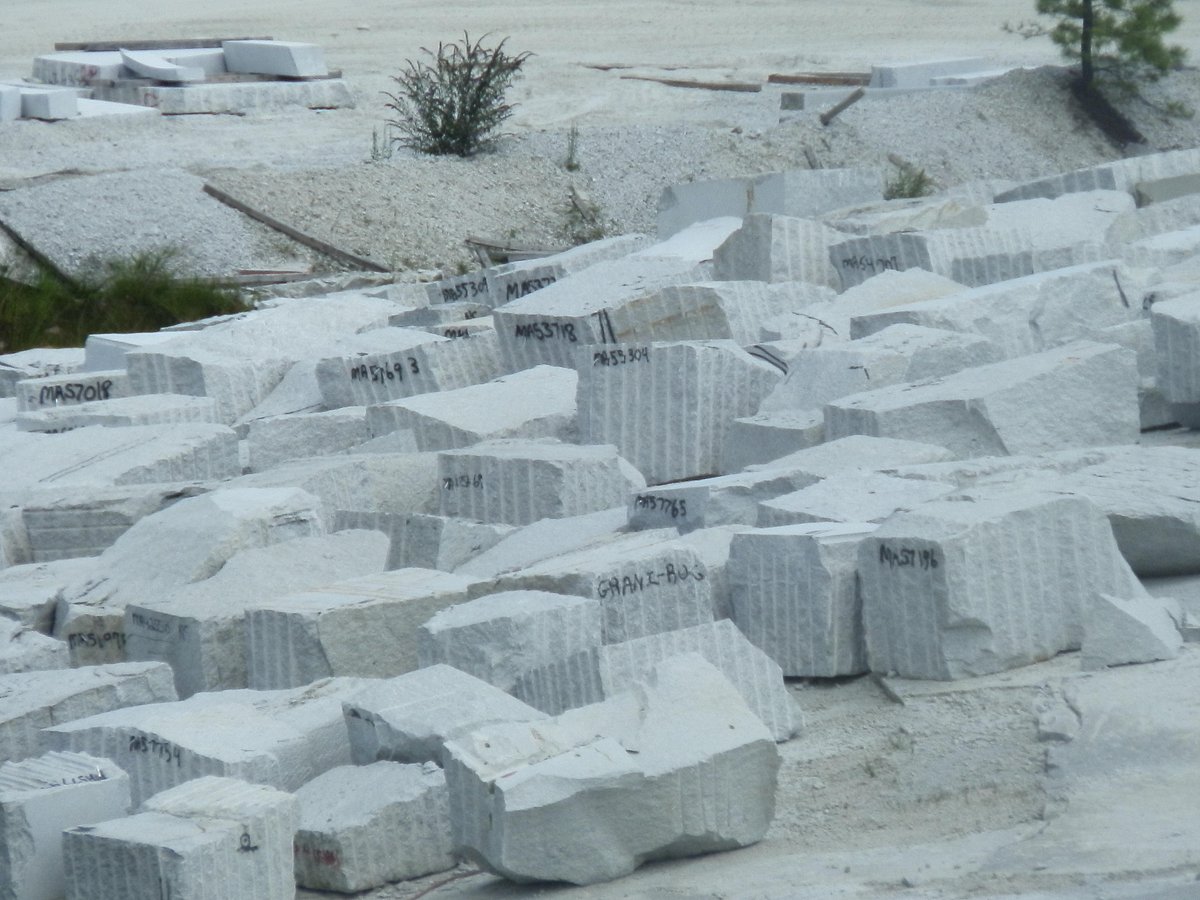Unearthing the Rich Background and Sustainable Practices of Granite Quarrying
As we stand on the precipice of discovering the complex tapestry of granite quarrying, a trip with time discloses not just the physical act of extracting rock yet also the social and historic significance woven into the very textile of this practice. From the ancient beginnings that laid the structure for modern-day quarrying methods to the lasting methods that are forming the future of this market, each chisel mark on granite surfaces informs a tale waiting to be discovered (granite quarries in south africa). The legacy of granite quarrying extends much beyond plain extraction; it is a testament to human resourcefulness, strength, and the enduring attraction of this stunning stone
Old Origins of Granite Quarrying
Going back to old people, the technique of quarrying granite has actually been an essential part of human background and architectural innovation. The earliest evidence of granite quarrying go back to ancient Egypt, where substantial pyramids and intricate sculptures were crafted from this resilient stone. The Egyptians used primitive tools to remove granite blocks from quarries, showcasing the relevance of this product in their huge building and constructions.
Progressing in history, the Greeks likewise made considerable payments to the quarrying of granite. The Greeks utilized granite in numerous architectural wonders, such as temples and statuaries, showing their skill in shaping and sculpting this hardy rock. The Romans better improved the methods of quarrying granite, using advanced tools like chisels and hammers to extract and form granite for their renowned structures.
Through the centuries, the method of quarrying granite has progressed, with modern innovations enhancing effectiveness while maintaining the classic allure of this natural rock - granite quarries in south africa. From old people to modern home builders, the legacy of granite quarrying continues to shape our world
Evolution of Quarrying Methods
The development of quarrying strategies has been noted by a constant development in the direction of higher efficiency and precision in removing granite. Early quarrying techniques entailed manual labor with standard tools such as knives, hammers, and wedges to remove granite blocks from the planet.
Innovations in computer-controlled devices and 3D modeling have optimized quarrying operations, leading to minimal ecological impact and improved sustainability methods. As the need for granite continues their website to rise, the evolution of quarrying techniques remains indispensable to meeting market needs efficiently and sustainably.
Cultural Relevance of Granite
Granite holds a profound cultural value across various human beings due to its enduring presence in building work of arts and admired monoliths. The social value of granite extends beyond its physical qualities; it embodies strength, security, and timelessness, making it a sign of enduring legacies and customs.

Lasting Practices in Quarrying
Amidst the rich history of granite quarrying and its social importance exists an expanding focus on sustainable methods within the sector. As ecological awareness and worries concerning source depletion have enhanced around the world, the quarrying industry has actually increasingly accepted lasting methods to decrease its effect on the atmosphere and surrounding communities.

Moreover, improvement and rehabilitation of quarry websites post-extraction are indispensable to sustainable methods. By recovering quarried locations to a natural or valuable state, such as producing wildlife environments or entertainment spaces, quarriers can balance out the environmental impact of their procedures and add favorably to the neighborhood community.
Legacy of Granite Quarrying
With a historical backdrop steeped in craftsmanship and industrial progression, what enduring influence has granite quarrying left on the landscape of modern-day society? The heritage of granite quarrying transcends plain extraction techniques; it has formed building marvels, metropolitan landscapes, and cultural heritage worldwide. The long lasting nature of granite has actually made it a preferred selection for monoliths, buildings, and facilities, standing as a testimony to the skill and artistry of quarry workers across generations.
Additionally, the financial impact Our site of granite quarrying can not be forgotten. The industry remains to supply job opportunity and drive neighborhood economic situations in areas where granite removal prevails. It has likewise Source spurred technical advancements in quarrying methods and devices, leading to much more efficient and sustainable methods.
In regards to sustainability, the heritage of granite quarrying consists of initiatives to mitigate ecological influences with reclamation tasks and accountable source monitoring. By stabilizing financial rate of interests with ecological stewardship, the sector makes every effort to ensure that future generations can remain to take advantage of this long-lasting natural deposit.
Final Thought
